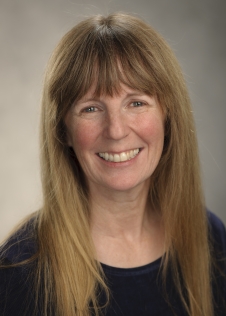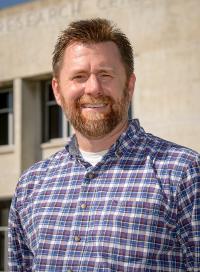Airborne Science Program (ASP)
The Airborne Science Program within the Earth Science Division is responsible for providing aircraft systems that further science and advance the use of satellite data. The primary objectives of this program are to:
- Satellite Calibration and Validation
Provide platforms to enable essential calibration measurements for the Earth observing satellites, and the validation of data retrieval algorithms.
- Support New Sensor Development
Provide sub-orbital flight opportunities to test and refine new instrument technologies/algorithms, and reduce risk prior to committing sensors for launch into space.
- Process Studies
Obtain high-resolution temporal and spatial measurements of complex local processes, which can be coupled to global satellite observations for a better understanding of the complete Earth system.
- Develop the Next-Generation of Scientists and Engineers
Foster the development of our future workforce with the hands-on involvement of graduate students, and young scientists/engineers in all aspects of ongoing Earth science investigations. To meet these observing objectives ASP maintains and operates a suite of sustained, ongoing platforms and sensors on which investigators can rely from year to year. From these known capabilities the Science Mission Directorate can develop observing strategies. However, an ongoing capability will be resource-constrained and eventually technology-constrained, so that not all observing requirements will be met with the limited core capability. Therefore the program facilitates access to other platforms or sensors on a funds-available, as-needed basis, to accommodate unique and/or occasional requirements. The Program also looks for new or evolving technologies to demonstrate their applicability for Earth science. Depending on the success of the demonstrations and the observing needs, the core capability is expected to evolve and change over time. The speed and extent of change will be balanced against the need for established, known capabilities for long-term planning.
Members:
Matt Fladeland
Ames Airborne Science Program (ASP) Lead
Secondary Lead, NASA Earth Science Division (SG)
NASA Ames Research Center (ARC)
Business Email: matthew.fladeland@nasa.gov
Business Phone: (650) 604-3325
Website: https://airbornescience.nasa.gov/
Matt is a Research Scientist and serves as Airborne Science Manager at NASA Ames Research Center. His background involves remote sensing of ecosystems for understanding carbon cycling and emissions. His recent work has involved the applications of unmanned aerial vehicles for providing measurements in remote or dangerous regions. A recent example was the use of a Dragon Eye UAV over the Turialba volcano in Costa Rica to provide SO2 measurements in support of ASTER algorithm validation.
CV:
Curriculum vitae for Matt Fladeland
Jeffrey Myers
ASF Manager, Airborne Science Program (ASP)
NASA Ames Research Center (ARC)
Business Email: jeffery.s.myers@nasa.gov
Business Phone: (650) 605-3598
CV:
Curriculum vitae for Jeffrey Myers
Susan Schoenung
Staff, Airborne Science Program (ASP)
NASA Ames Reaserch Center (ARC)
Business Email: susan.m.schoenung@nasa.gov
Business Phone: (650) 604-6031
Content under construction.
Marilyn Vasques

ESPO Director, NASA Earth Science Division (SG)
NASA Ames Research Center (ARC)
Business Email: marilyn.vasques@nasa.gov
Business Phone: (650) 604-6120
CV:
Curriculum vitae for Marilyn Vasques
Don Sullivan
Airborne Science Program (ASP),
NASA Ames Research Center (ARC)
Business Email: donald.v.sullivan@nasa.gov
Business Phone: (650) 604-0526
CV:
Coming Soon























